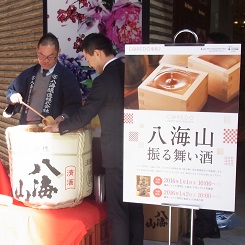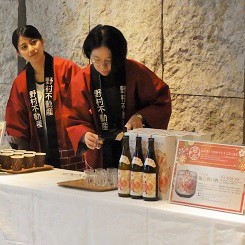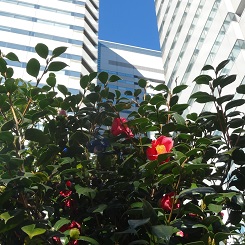
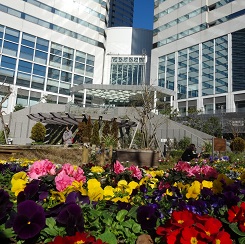
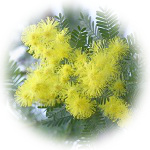 An annual mini-garden guided tour that takes a walk around the park with the guidance of a green adviser at the Pocket Plaza "Flowers, Water and Trees" in Harumi Triton Square.
An annual mini-garden guided tour that takes a walk around the park with the guidance of a green adviser at the Pocket Plaza "Flowers, Water and Trees" in Harumi Triton Square.
This month was held on January 14th. (12:30~ 14:30~)
Although it is a season of winter withering, the flowerbed has been devised to produce color.
At North Triton Park, you can observe Manryo (Manryo) and Senryo (Senryo) used as New Year's lucky items, as well as Karatachibana (100 cars) and Yabukoji (10 cars).
By the way, one of them is Alidoshi.
The seven herbs of spring, Nazuna, Tabirako, are also appearing.
At South Triton Park, one of Japan's representative flowering trees, camellia, is blooming.
This term reflected the warm winter, the Tokyo Regional Meteorological Observatory declared "Tsubaki Flowering" on December 26, last year, 45 days earlier than normal, 20 days earlier than last year.
On the flower terrace, Ginyouakasia (Mimosa / Mame family) has begun to bloom as early as possible.
You can also see the buds of the rare camellia "Elina".
In the form of a supple tree with thin branches and leaves, pretty pale pink flowers bloom in early spring.
Corrubing the leaves with a scent of sesame (watermelonaceae),
From the appearance of the goldfish opening their mouths, spreading the fins and swimming flutteringly
All of which are said to have been named Kindaisou (Gomanaceae), are unique.
The English name is that when the flower cylinder part is sandwiched between the upper lip valve and the lower lip valve opens sharply when the part of the flower tube is sandwiched from the side.
"Snap Dragon (biting dragon)" like a dragon.
One of the themes this time is "flower buds and leaf buds" waiting for spring.
We observed "winter buds" using flower buds and leaf buds of Yoshino cherry tree.
Flower buds are egg-shaped to long egg-shaped, leaf buds are elongated spindle-shaped.
In winter buds, it can be imagined that preparations for spring are being steadily advanced.
It is a frame that feels the skill of the mechanism of life.
It was a harsh winter garden, but it was a plant walk that learned a new approach, "seeing, listening, touching".
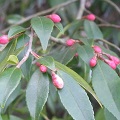
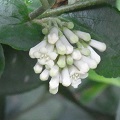
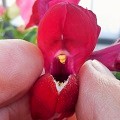
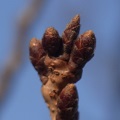
From the left, camellia "Elina", gomoju, primrose, Yoshino cherry tree flower buds / leaf buds
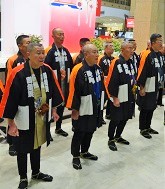
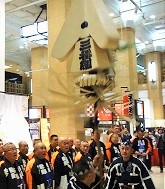
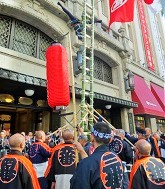
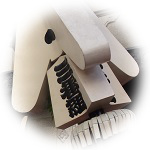 On January 4th, at the Nihonbashi Takashimaya and Nihonbashi Mitsukoshi Main Store, the New Year's annual feature, the Edo Fire Memorial Association's first ward, performed the magic of "Edo Fire Extinguishing Woodworking, Wearing, and Ladder riding".
On January 4th, at the Nihonbashi Takashimaya and Nihonbashi Mitsukoshi Main Store, the New Year's annual feature, the Edo Fire Memorial Association's first ward, performed the magic of "Edo Fire Extinguishing Woodworking, Wearing, and Ladder riding".
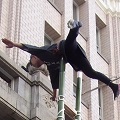
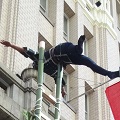
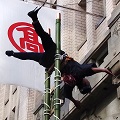
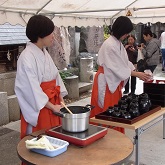
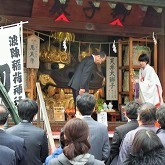
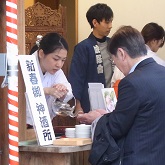
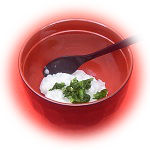 On January 7, the New Year's annual herbs porridge festival was held at Tsukiji Namiwa Inari Shrine from 11:00, and then worshipers were served with herbs porridge on the precincts.
On January 7, the New Year's annual herbs porridge festival was held at Tsukiji Namiwa Inari Shrine from 11:00, and then worshipers were served with herbs porridge on the precincts.